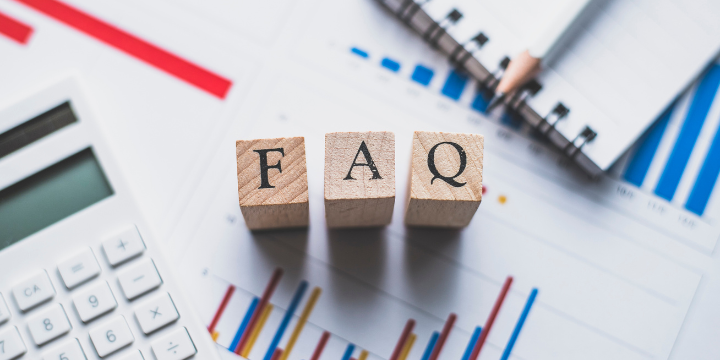 A great tender opportunity has come up and you think you have a shot at winning it. Read on to find out exactly what to do next.Responding to a tender is like sitting an exam. You have to respond to a number of questions and the questions all have different weightings. Even the advice you had back at school applies: Read the questions carefully!
A great tender opportunity has come up and you think you have a shot at winning it. Read on to find out exactly what to do next.Responding to a tender is like sitting an exam. You have to respond to a number of questions and the questions all have different weightings. Even the advice you had back at school applies: Read the questions carefully!
If you don’t answer a question in a tender it is possible that your tender will be deemed non-compliant and you will be ruled out of contention. If you do not answer a question sufficiently then you may receive a low score by the evaluators and significantly reduce your chances of winning.
At Australian Tenders we tell our clients that it’s important to read not just the tender questions, but the tender documents in their entirety in the following order:
Reading tender documents can be pretty tedious and for this reason it's easy to miss critical information. Print the tender documents and set aside some time free of interruptions with a nice hot cup of tea to read the documents. Read them carefully and in full at the beginning of the tender period, not half way through or at the end (you can’t cram tenders!).
When you read the tender documents, arm yourself with some highlighter pens and sticky notes to highlight the key information, important questions or any problematic areas. Also, try to imagine yourself in the customer’s shoes and try to read between the lines to understand the needs of the customer and the problem they are trying to solve rather than focusing solely on your solution.
Make sure your solution aligns with exactly what the customer is asking for.
The Form of Tender (usually found in the Conditions of Tendering) and any appendices are also important reading and should not be left to the last minute. Whilst the form of tender is about your capacity to meet the requirements it can often reveal important information about the customer’s needs and requirements. In particular the pricing schedules are a must-read.
Finally, you will need to read the Conditions of Contract. It is important for you to understand the conditions of contract that you are signing up to. We recommend getting legal advice on the conditions of contract before submitting a tender response. Once you have submitted the tender you may not have any opportunity to negotiate the conditions and will be bound legally to the conditions.






